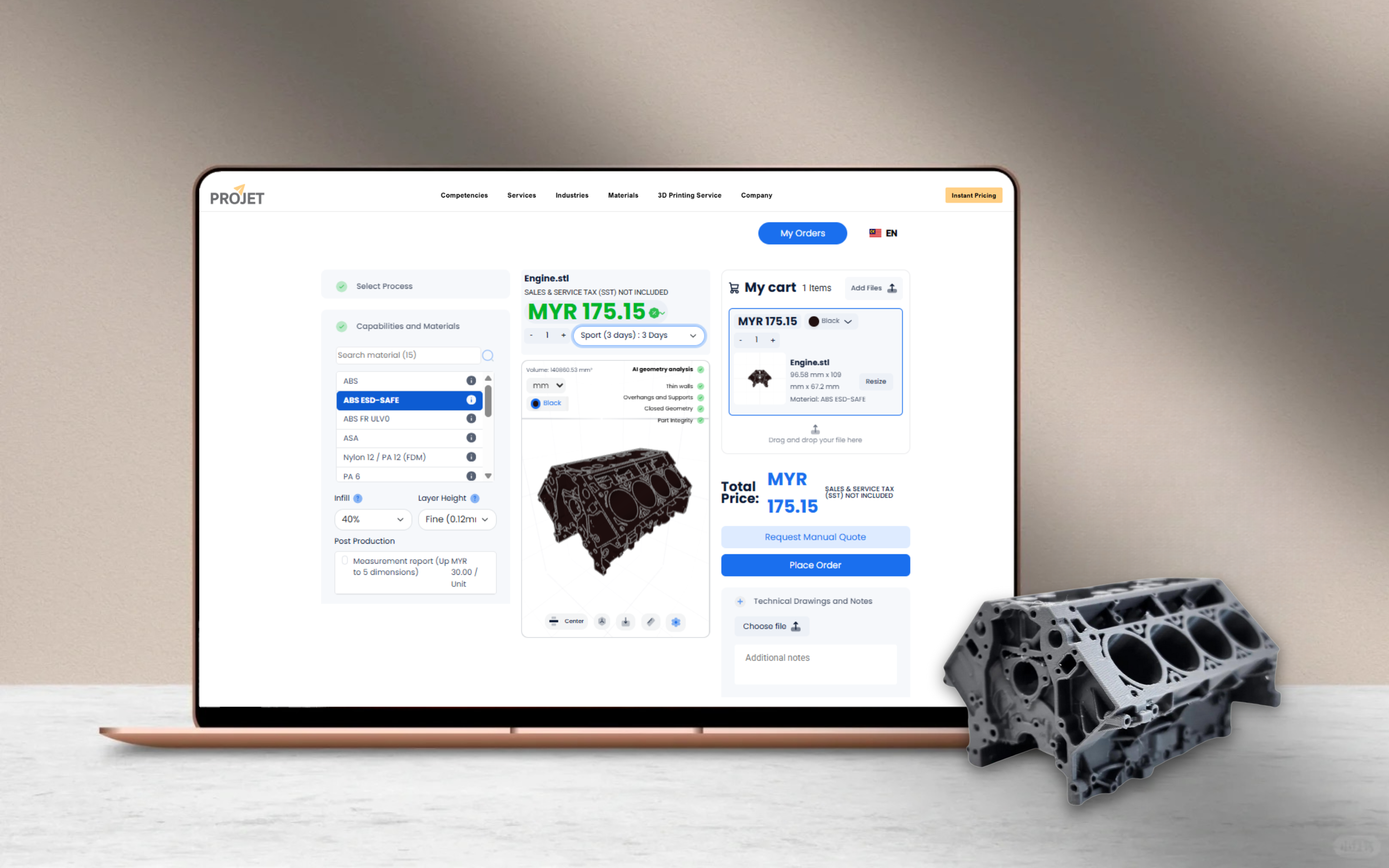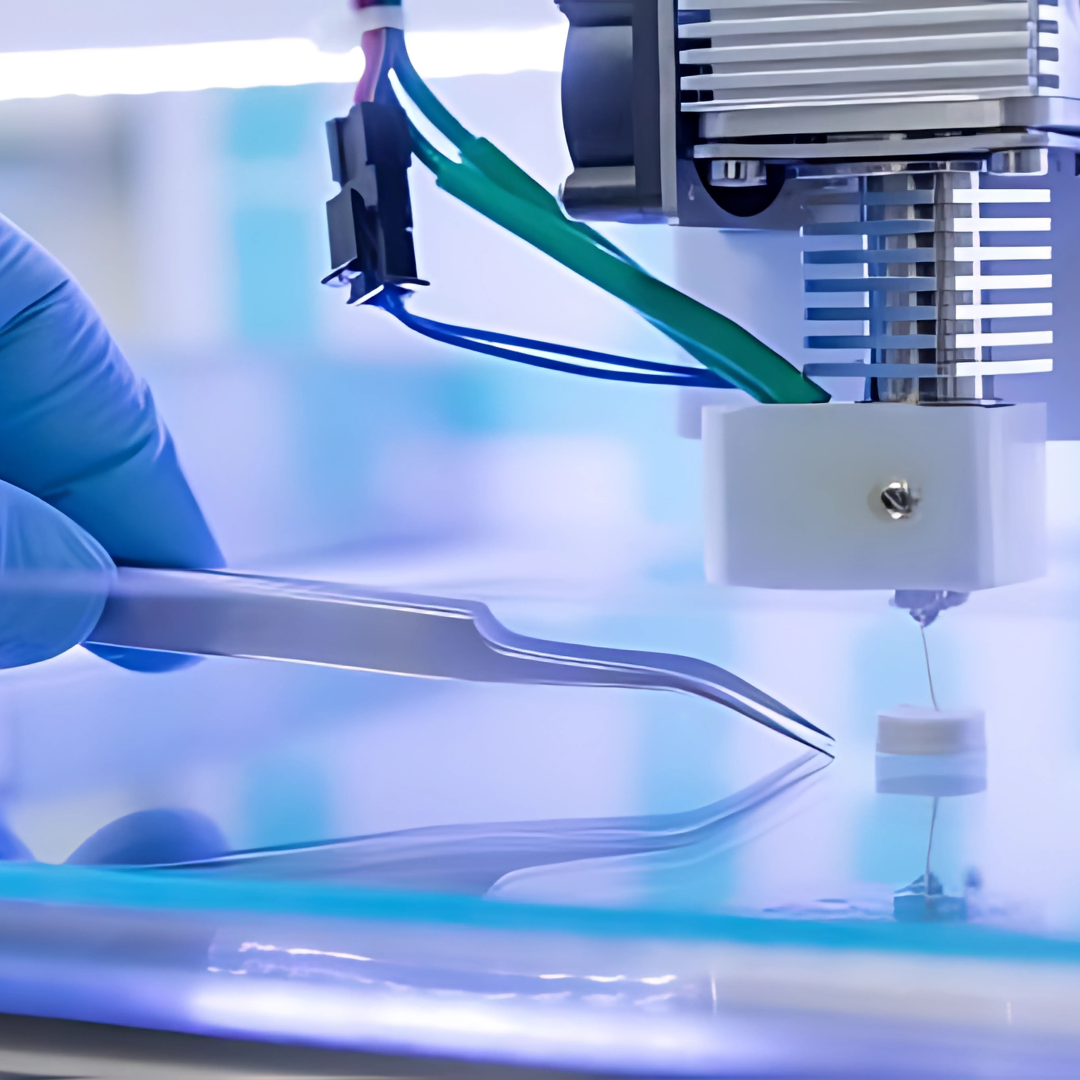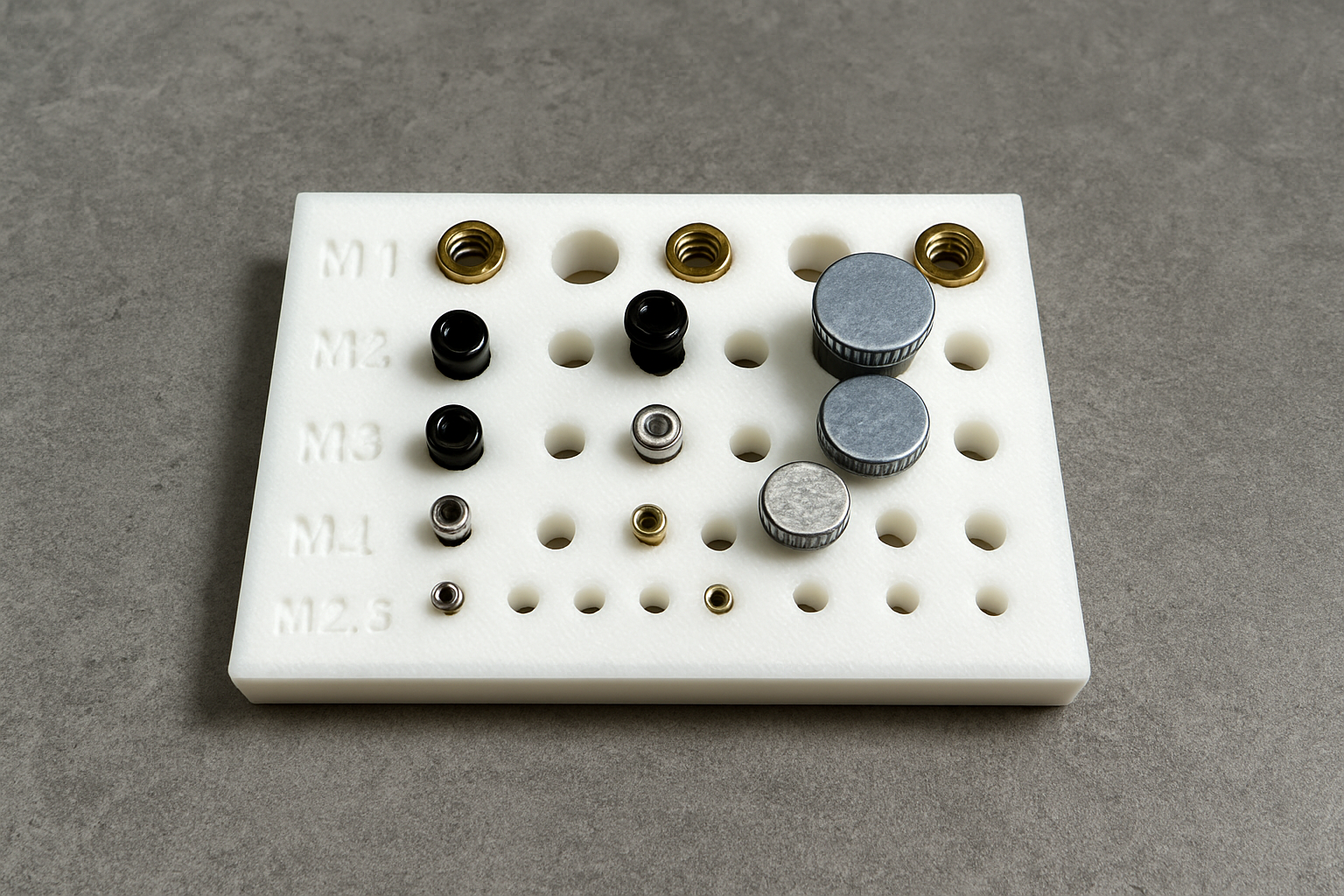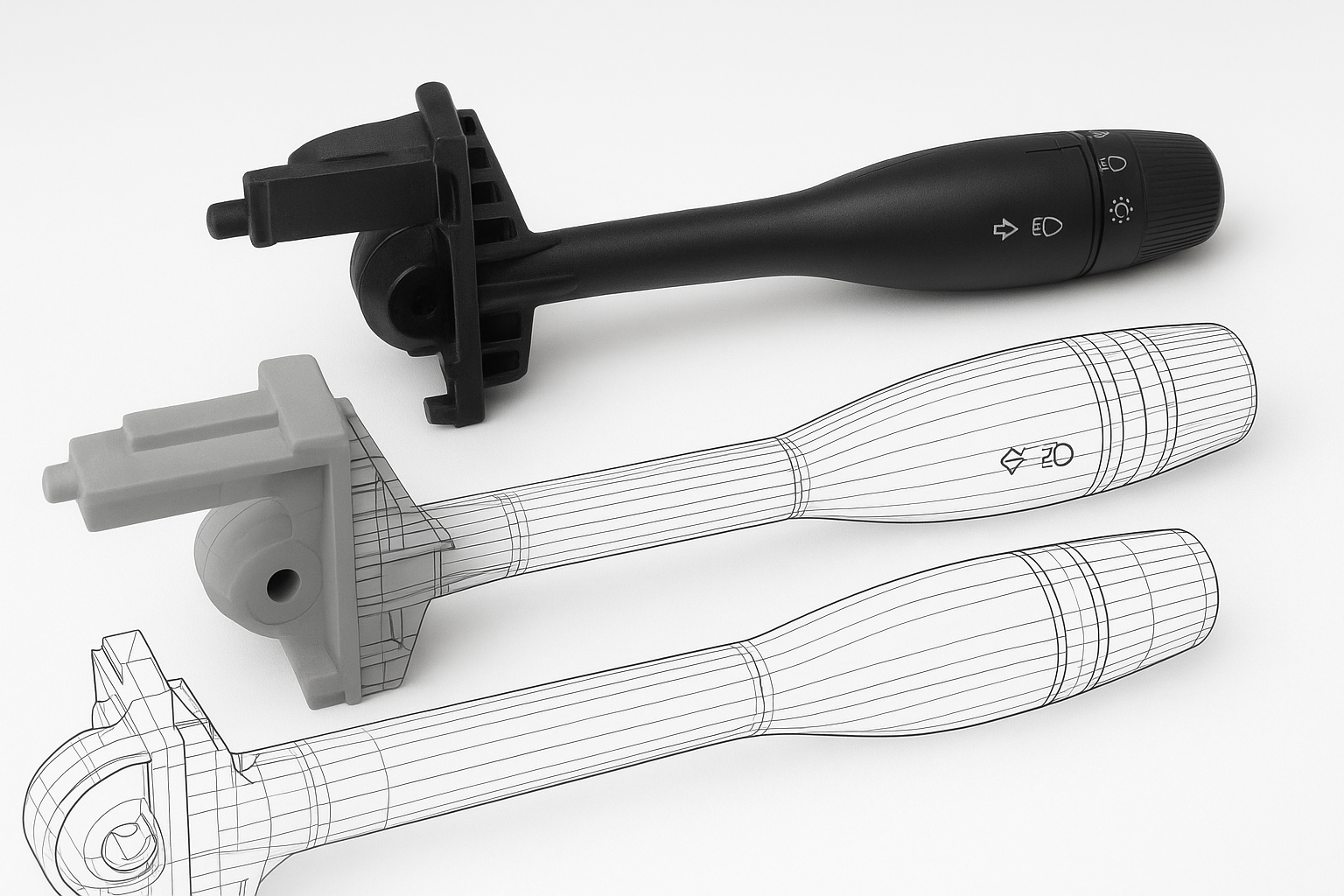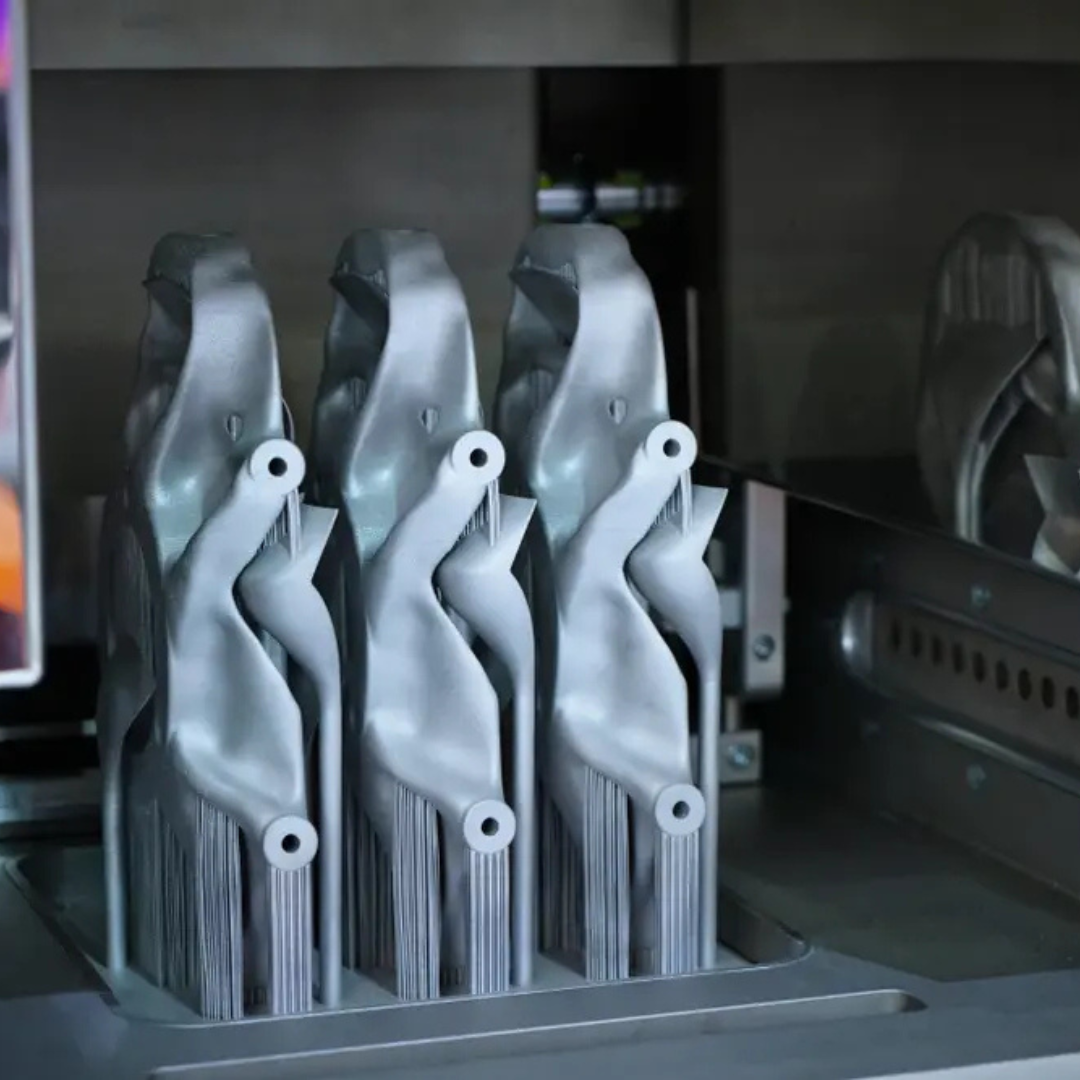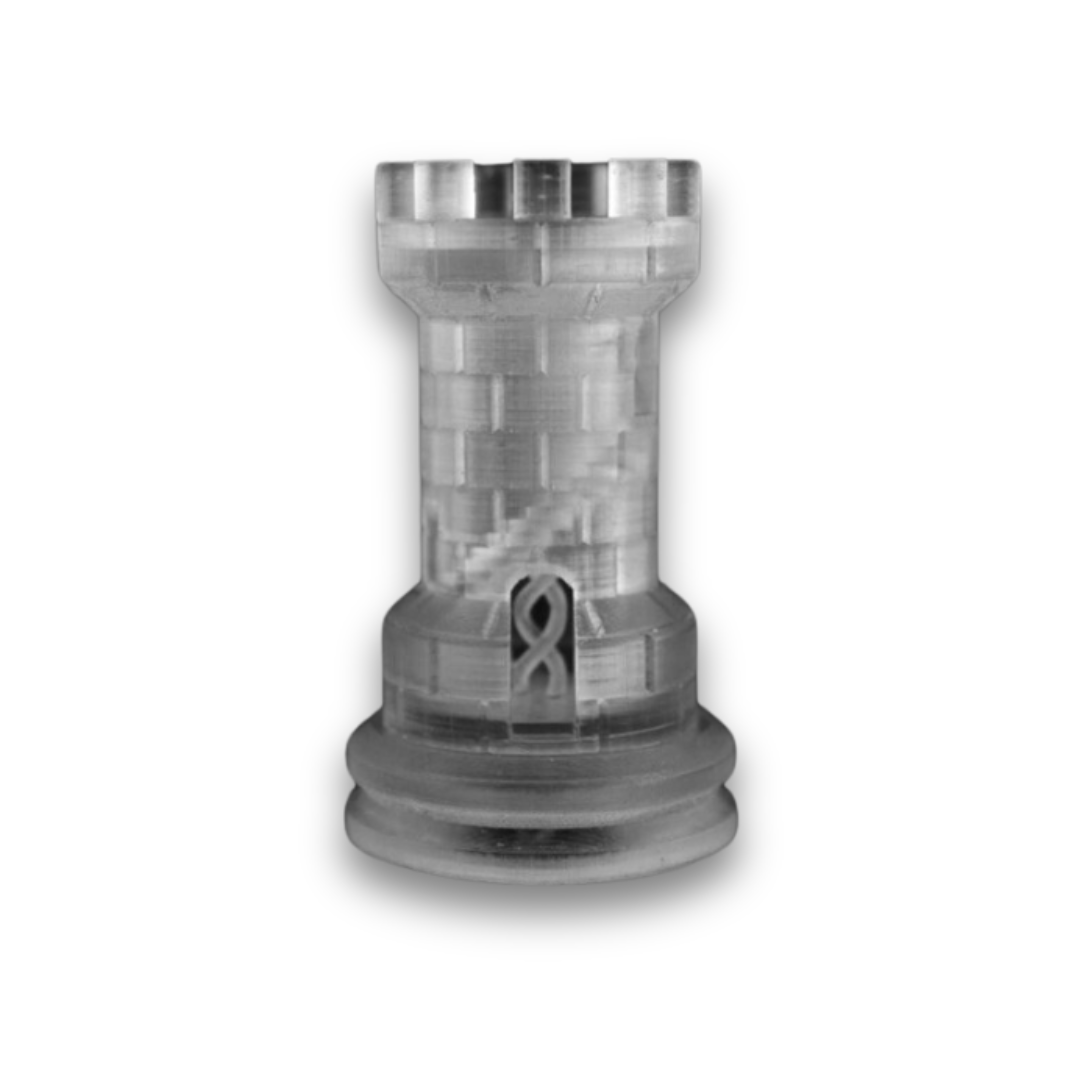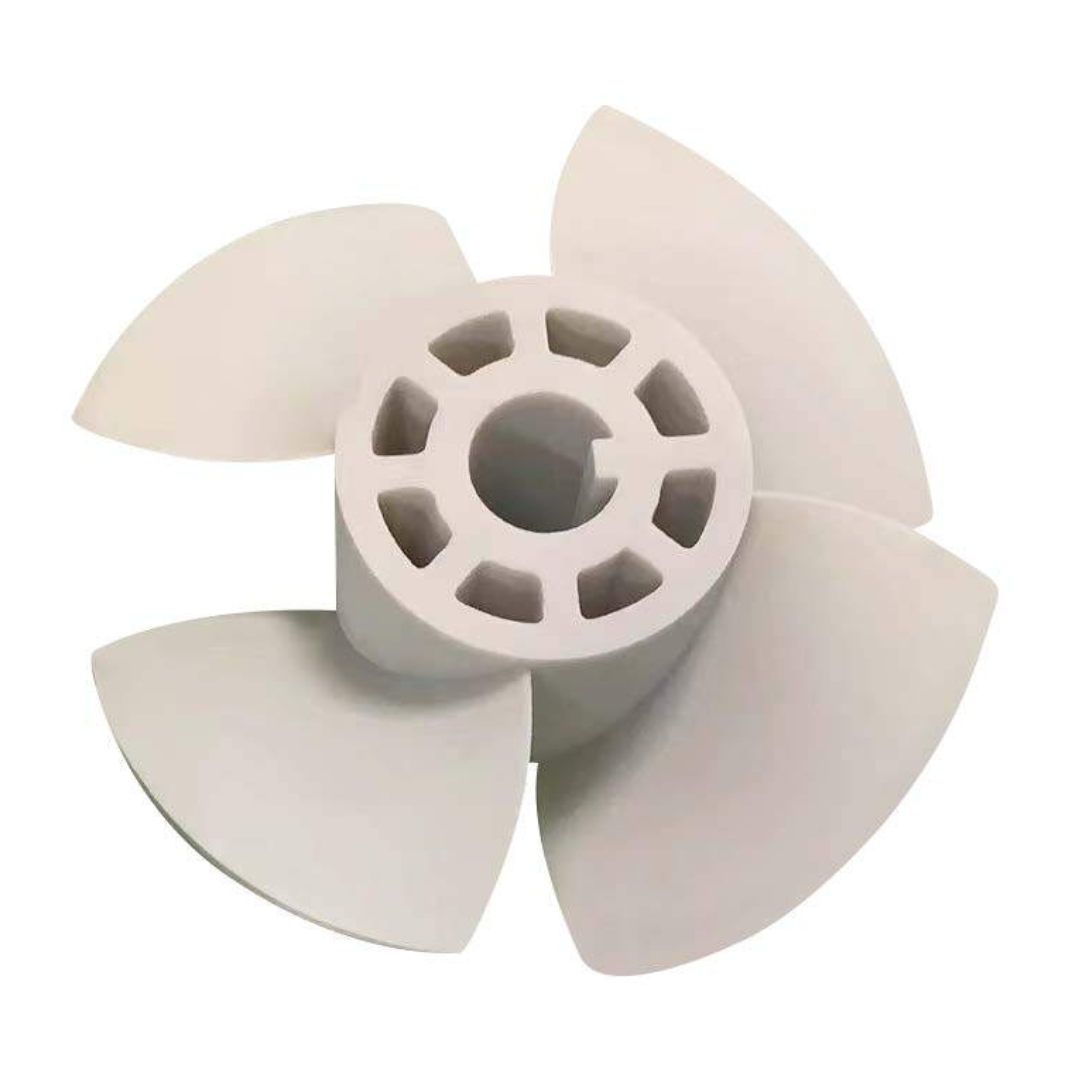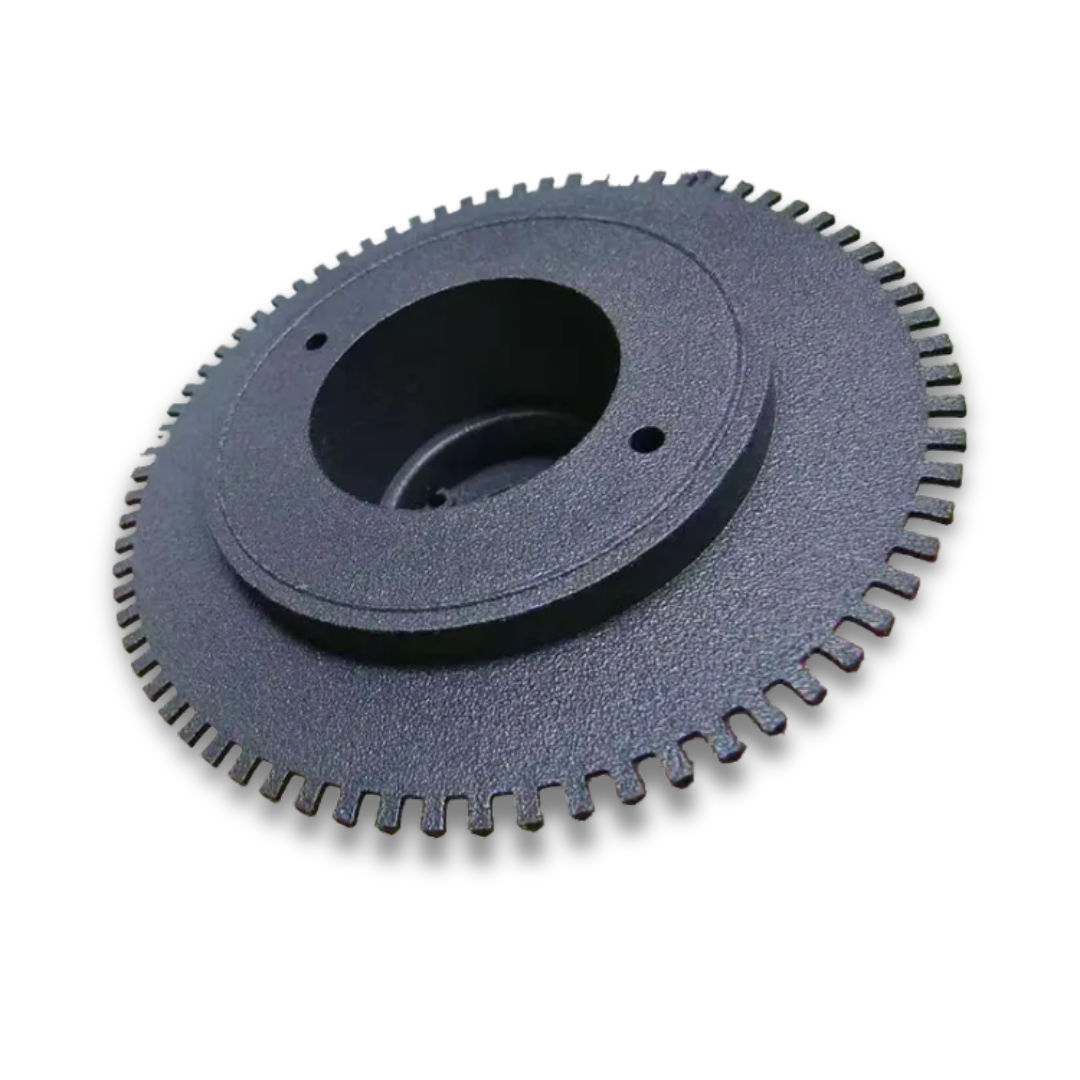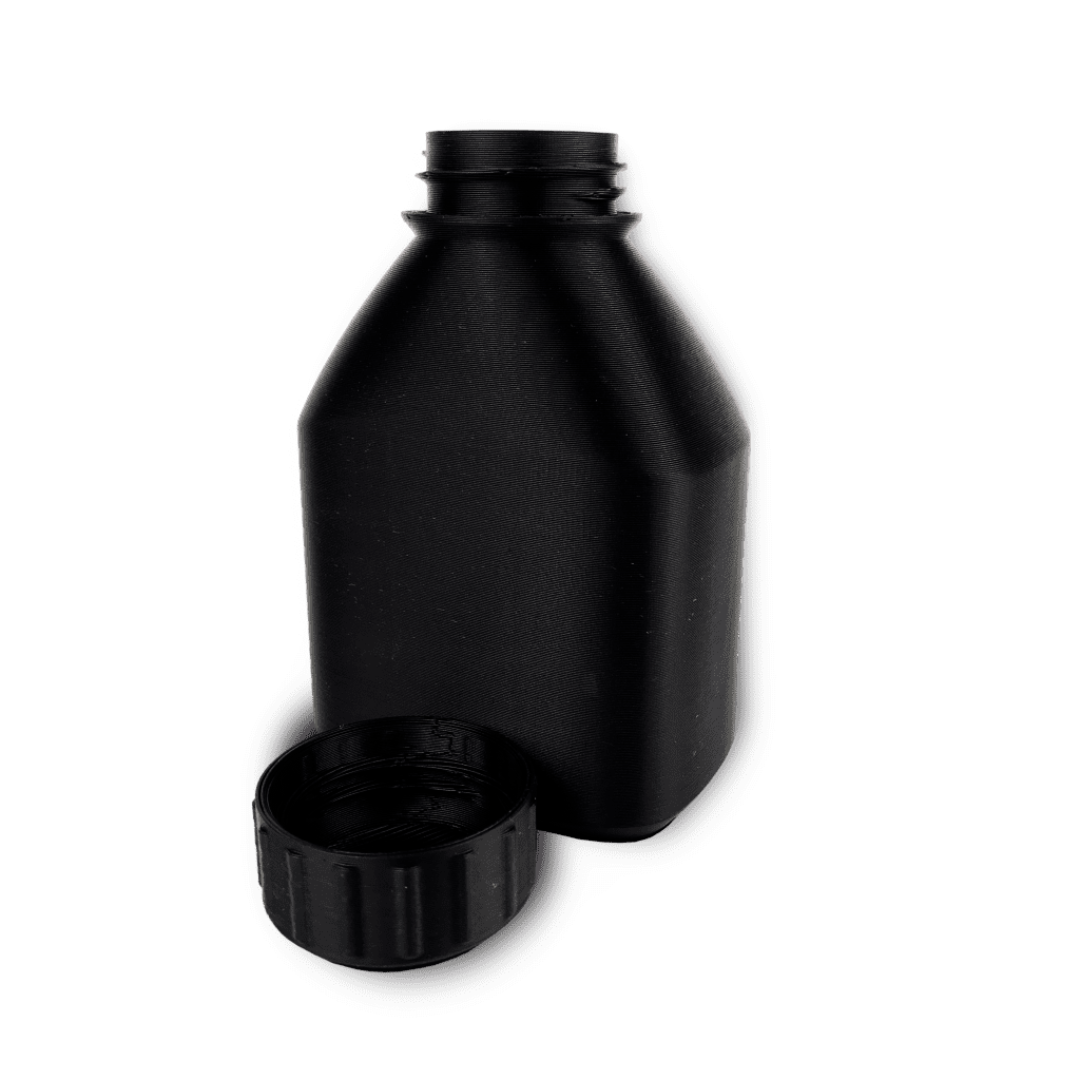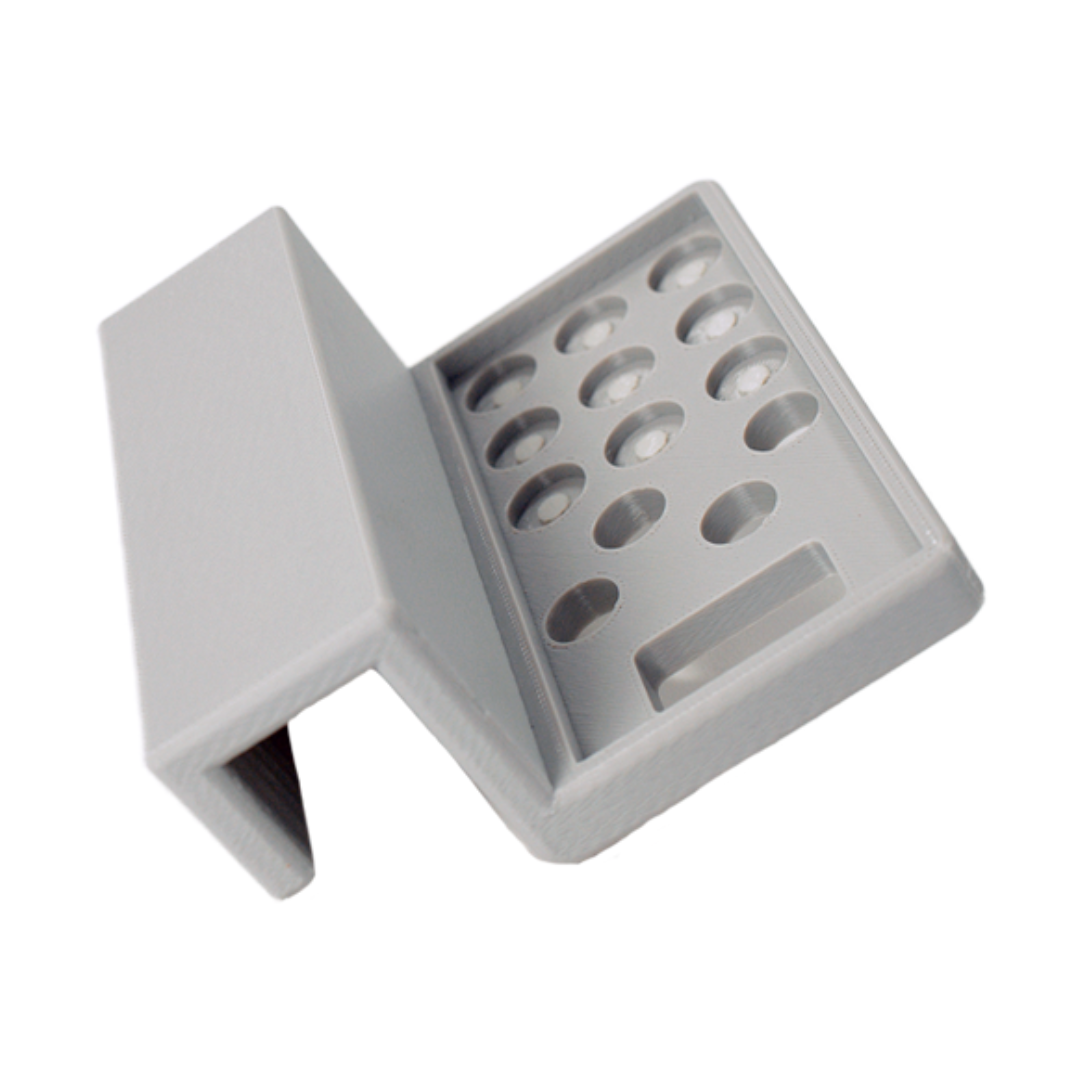Did You Know ? ?
Over the past few decades, 3D printing has revolutionized the medical field, bringing groundbreaking advancements that hold immense promise for healthcare. From custom prosthetics to bioprinted organs, this technology is reshaping medicine in ways that once seemed like science fiction.
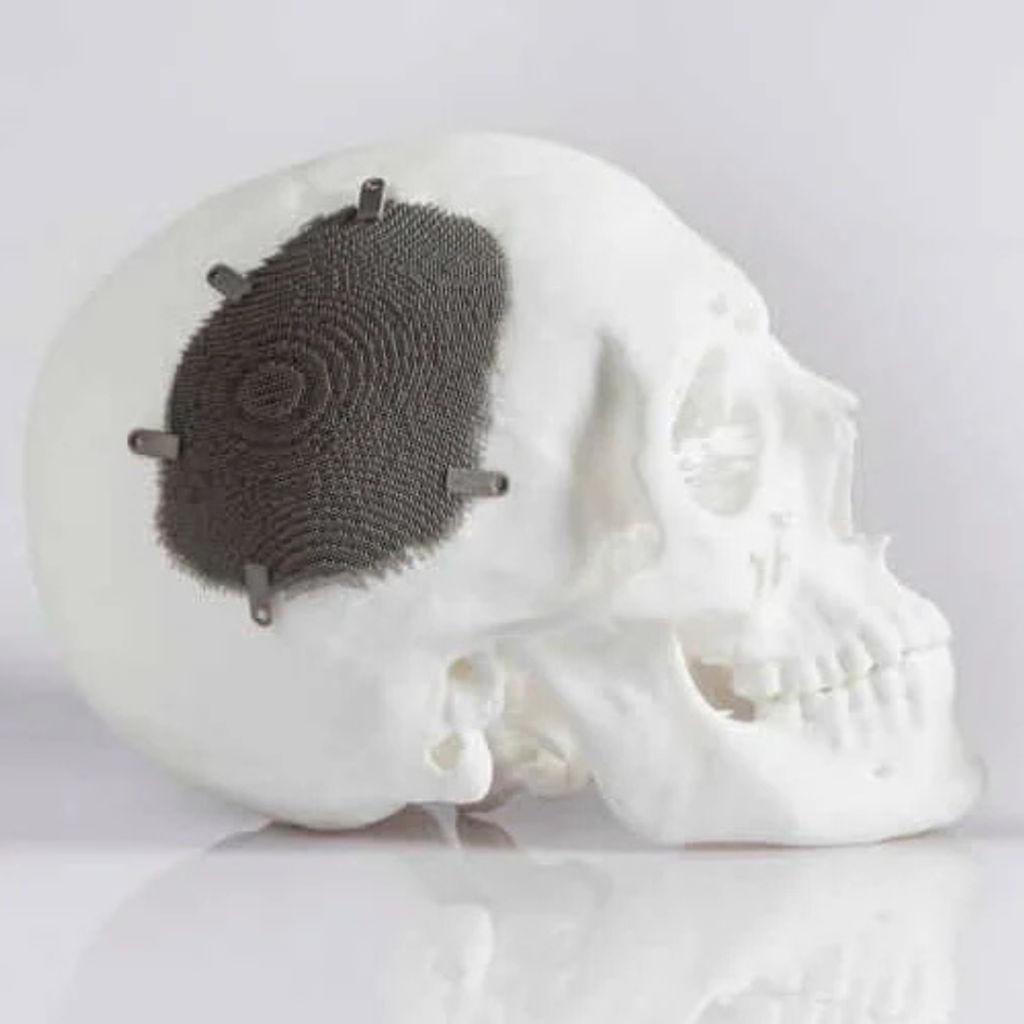
The Benefits of 3D Printing in Healthcare
One of the biggest advantages of medical 3D printing is its ability to create patient-specific devices, such as prosthetics, orthotics, and surgical guides, ensuring a perfect fit for better functionality and comfort. Beyond physical aids, the technology is rapidly advancing in bioprinting living tissues and personalized medicine, with many companies already implementing it in clinical practice.
Additionally, 3D printing allows for on-demand production, reducing hospitals’ reliance on inventory and minimizing waste. This is especially transformative in underserved regions, where traditional manufacturing is scarce. For example, 3D-printed prosthetics have provided life-changing solutions for patients in developing countries who lack access to conventional medical devices.
Now, let’s dive into four unbelievable 3D printing breakthroughs that are pushing the boundaries of modern healthcare.
1. Bioprinting Living Organs for Transplants
Imagine a world where organ transplant waiting lists no longer exist. Scientists are now 3D printing living tissues and organs using bio-inks made from a patient’s own cells. Researchers have successfully printed miniature kidneys, heart patches, and even functional skin grafts for burn victims. While full-scale organ transplants are still in development, this technology could eliminate organ rejection and save millions of lives in the future.
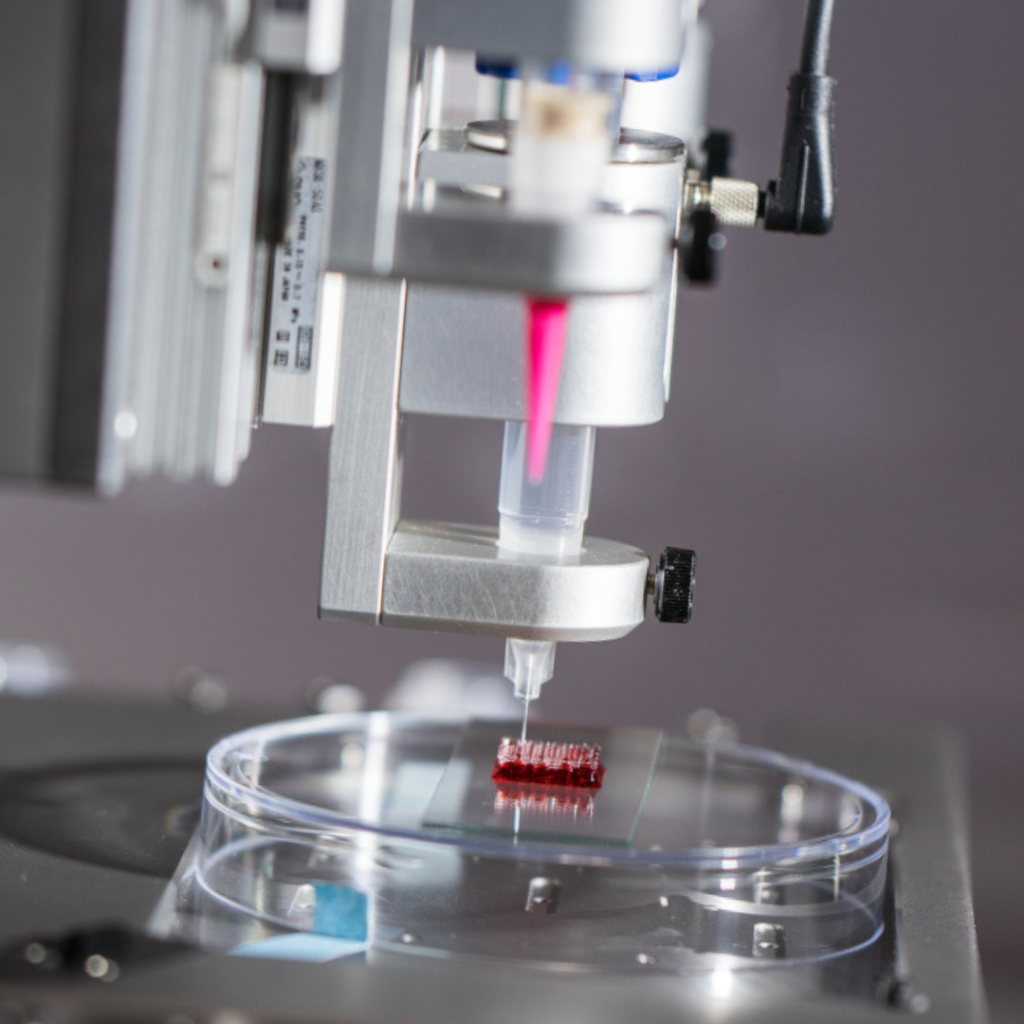
2. Custom 3D-Printed Prosthetics at a Fraction of the Cost
Traditional prosthetics can cost thousands of dollars and take weeks to manufacture. With 3D printing, custom-fit prosthetic limbs can be produced in just days for a fraction of the price. Companies like Open Bionics are creating lightweight, affordable, and even superhero-themed prosthetics for children, giving them not just mobility but confidence.
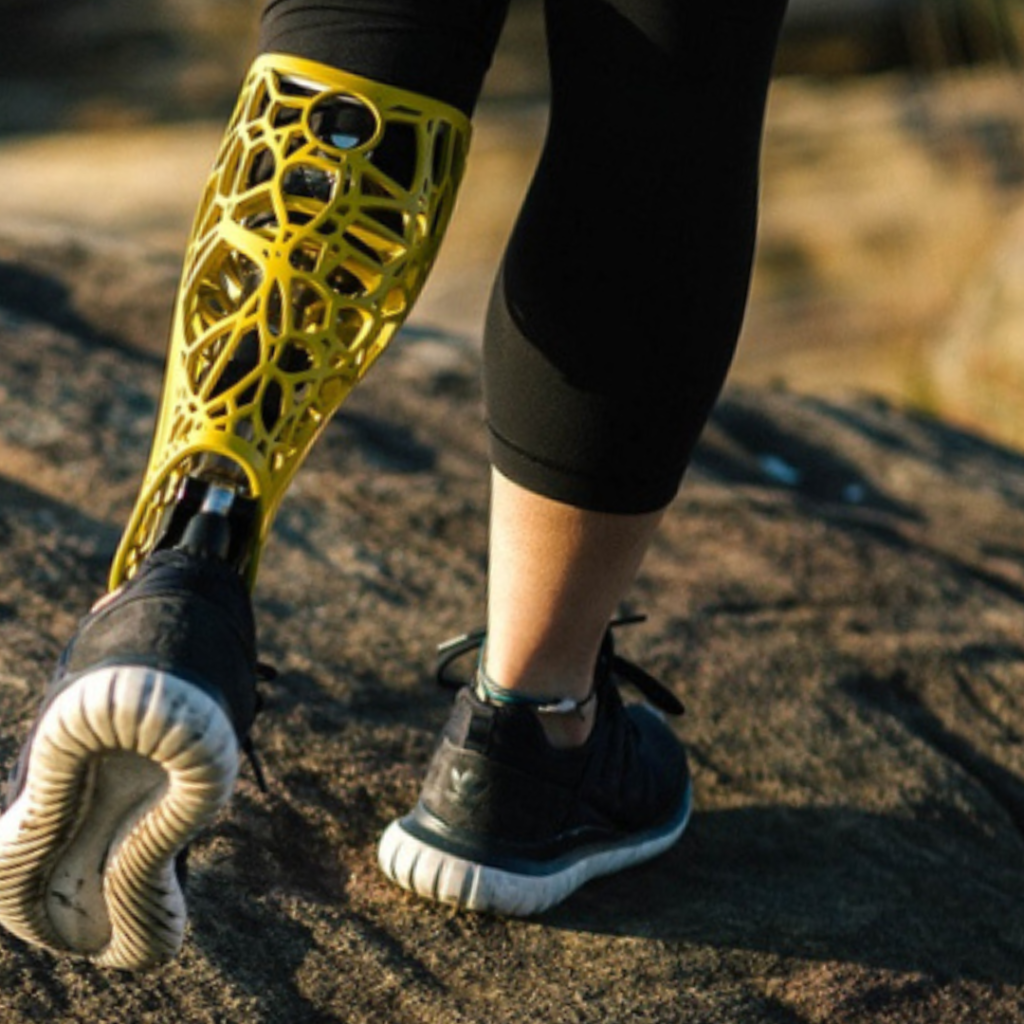
3. 3D-Printed Pills: Personalized Medicine on Demand
The FDA has already approved the first 3D-printed prescription pill, Spritam, used to treat epilepsy. Unlike mass-produced medications, 3D-printed pills can be tailored to a patient’s exact dosage needs, with customized release rates and even multiple drugs in a single tablet. This breakthrough could revolutionize treatments for chronic illnesses, ensuring precision and efficiency in drug delivery.

4. Surgical Models & Patient-Specific Implants
Surgeons are now using 3D-printed replicas of patients’ organs to practice complex procedures before entering the operating room. This reduces surgery time and improves outcomes. Additionally, patient-specific implants, such as titanium skull plates or spinal cages, are being 3D-printed to match a patient’s anatomy perfectly, leading to faster recovery and fewer complications.
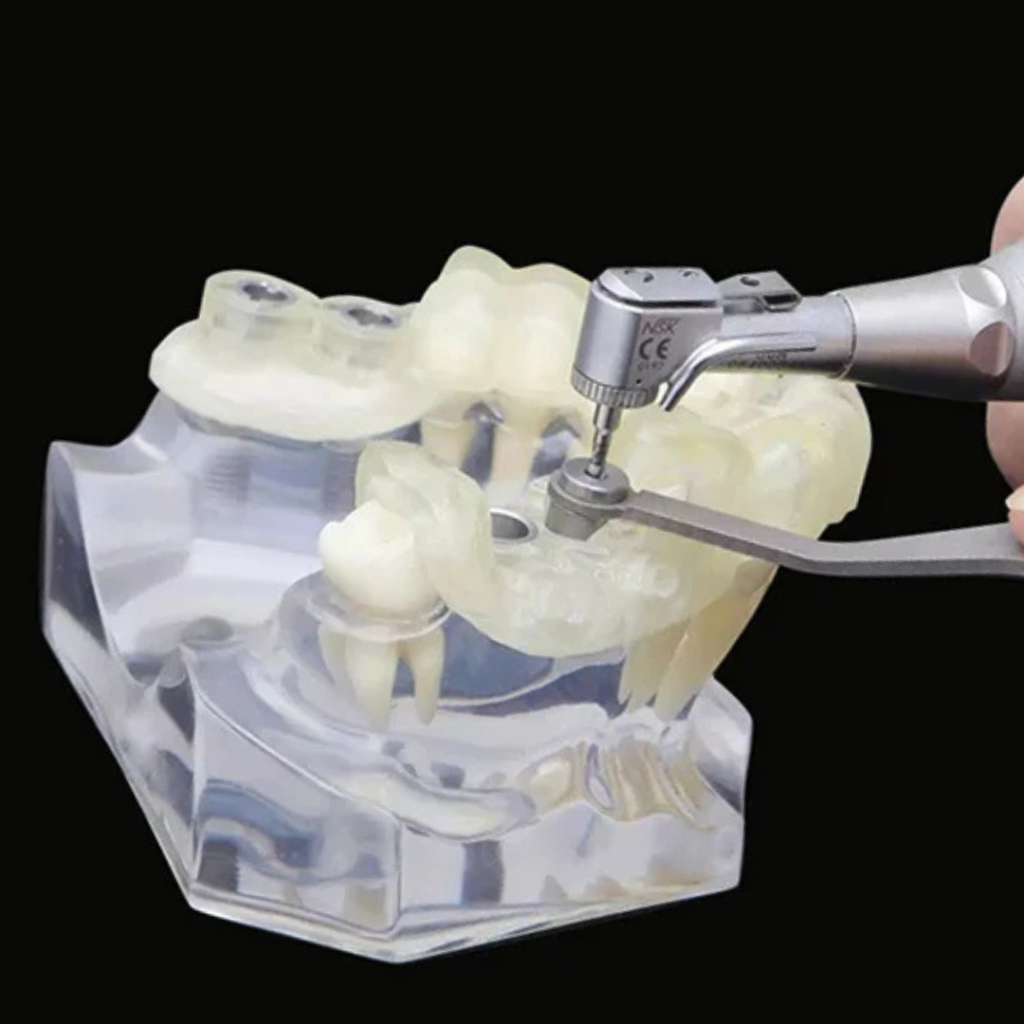
The Future of 3D Printing in Medicine
From bioprinted organs to personalized medicine, 3D printing is transforming healthcare at an unprecedented pace. As the technology evolves, we can expect even more life-saving innovations that will make treatments more accessible, affordable, and effective worldwide.
Ready to take your projects to the next level? Visit projet.my to learn more about our 3D printing services and explore the potential of additive manufacturing. For personalized assistance, reach out to our applications engineer at enquiry@projettech.com. We’re here to help you every step of the way.
Don’t wait—unlock the power of 3D printing with Projet. Try our Online Instant Quote today and see how easy it is to bring your ideas to life!
3D Printing Service Malaysia , 3D Printing service Singapore , 3D Printing service KL , 3D Printing service Selangor, 3D Scanning Malaysia
3D Printing Services
Instant Price